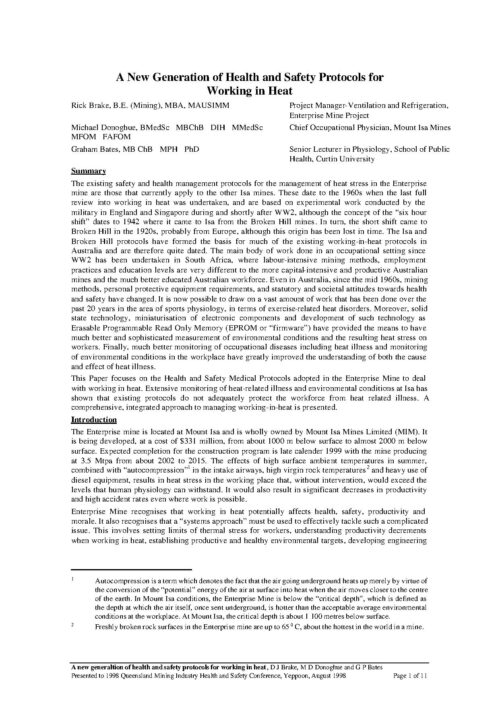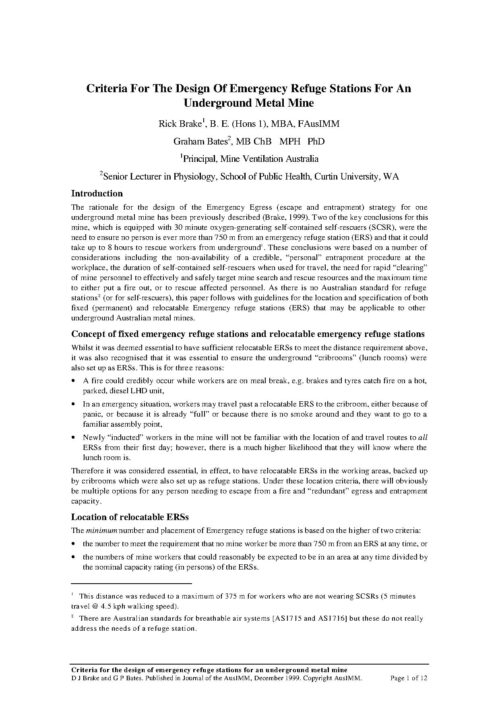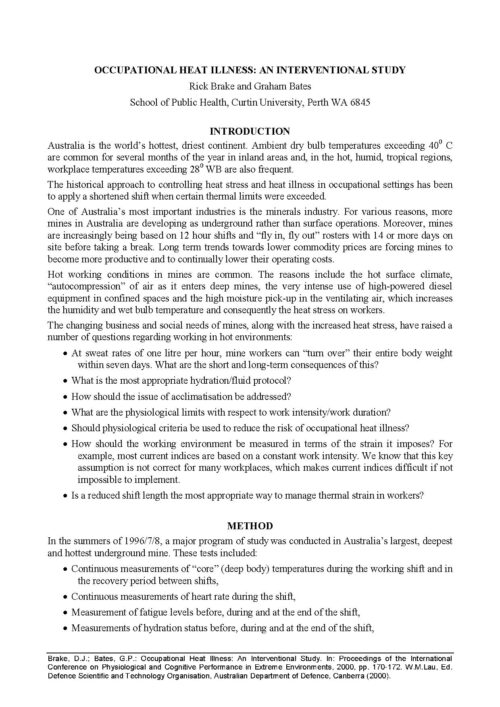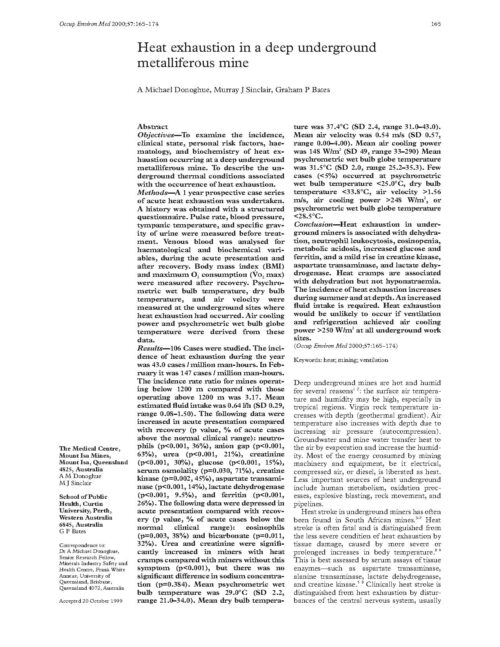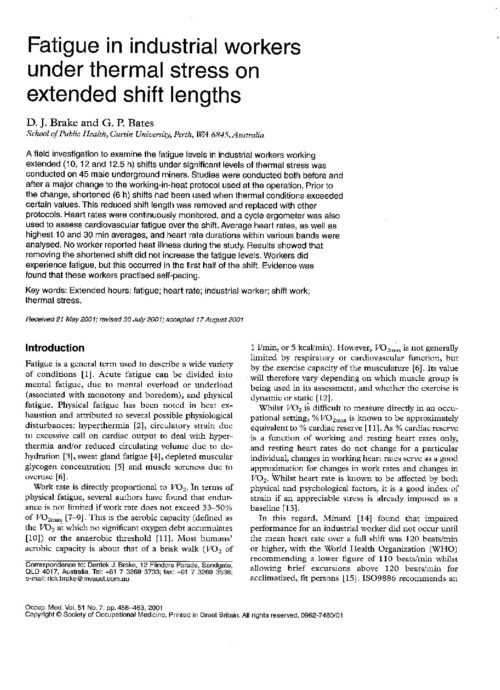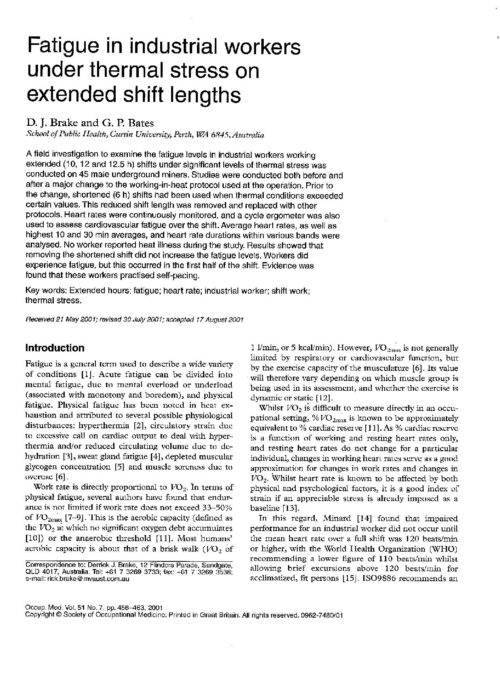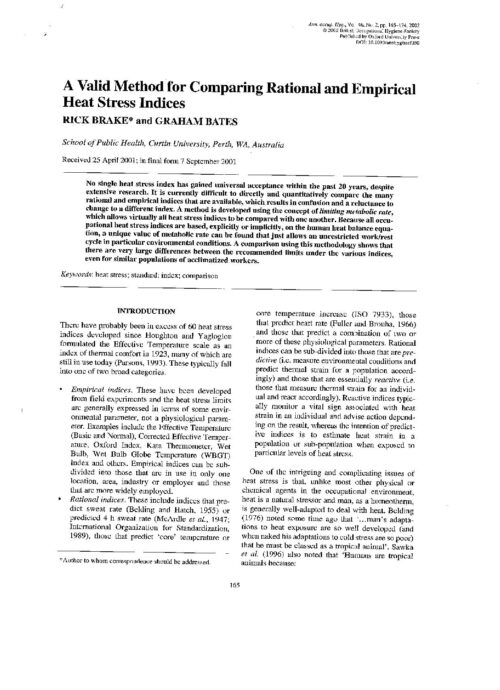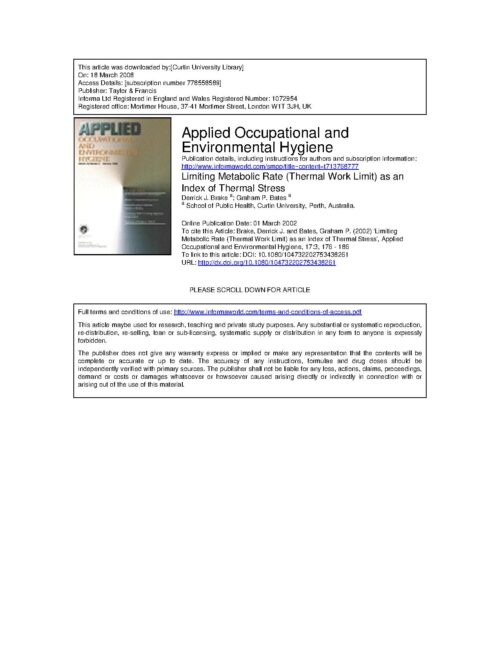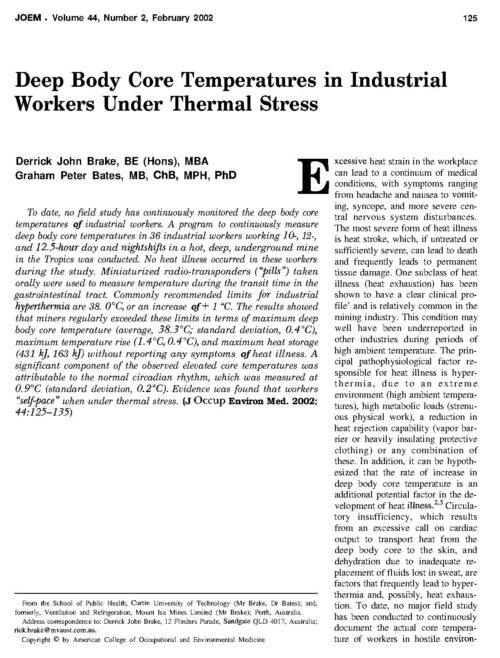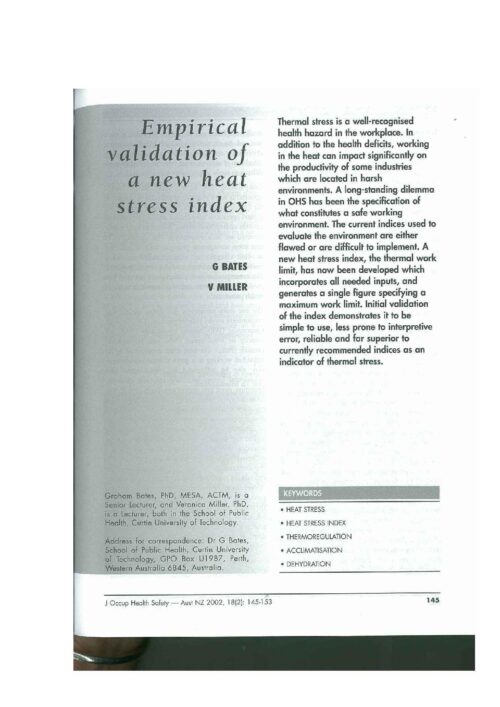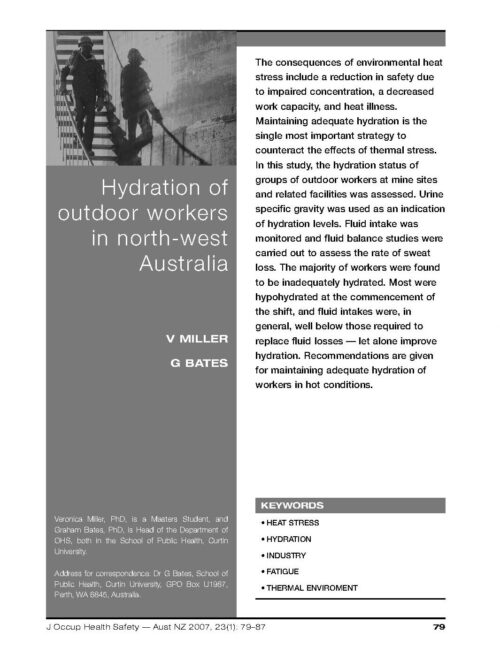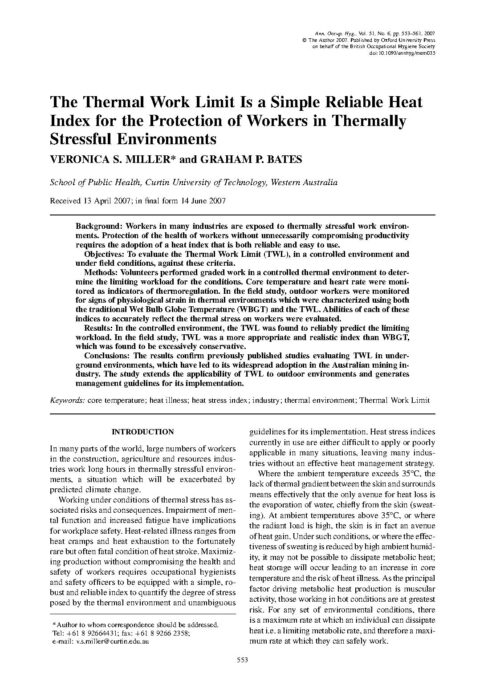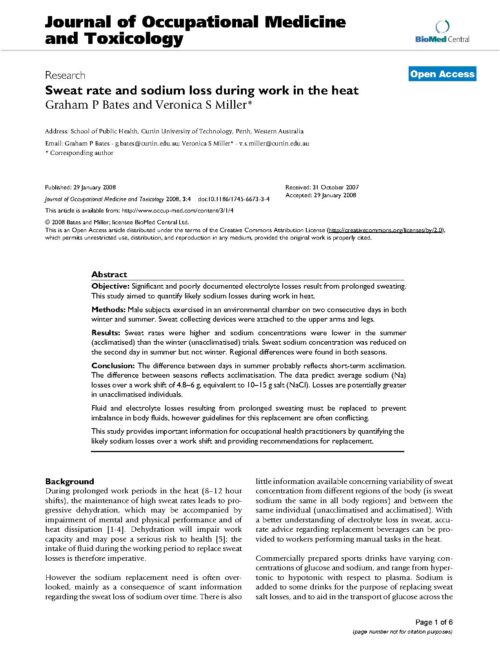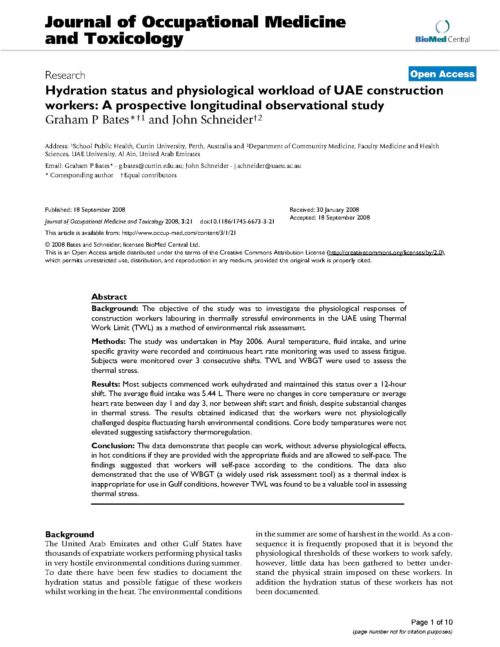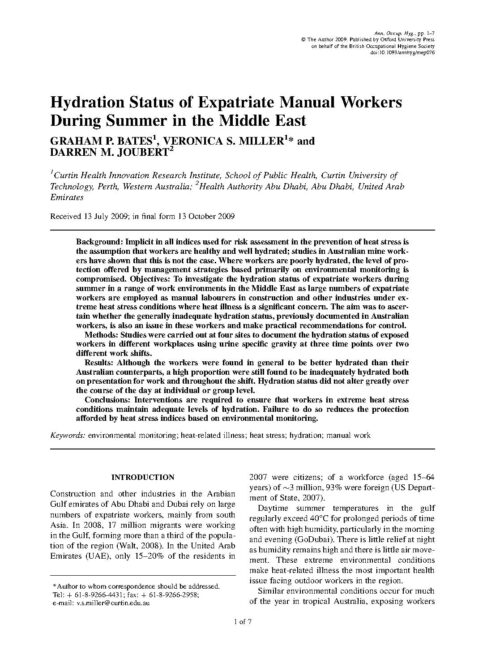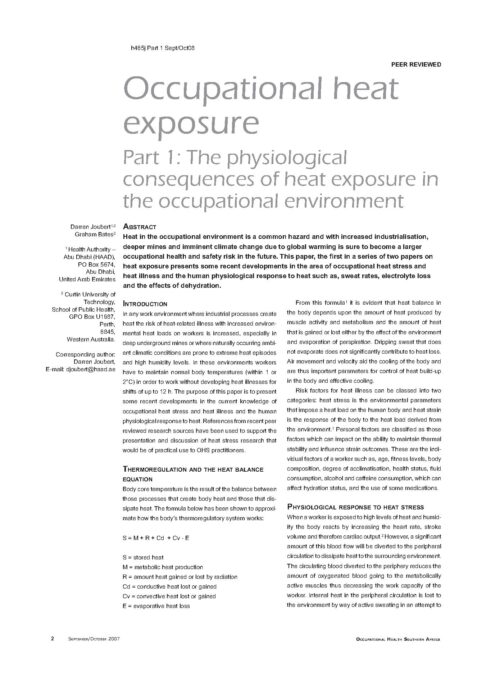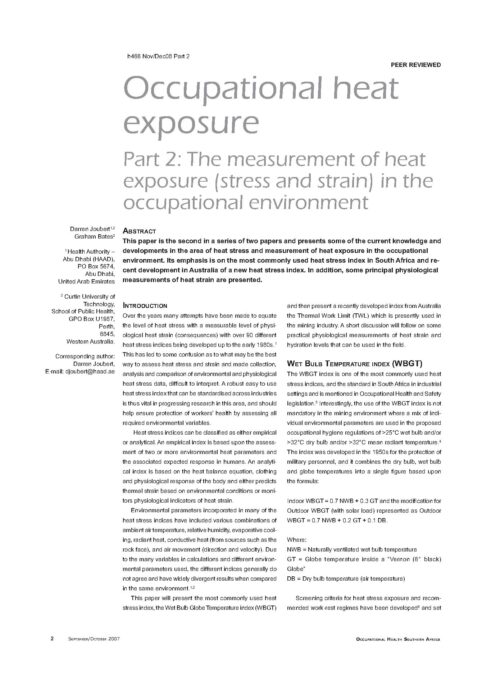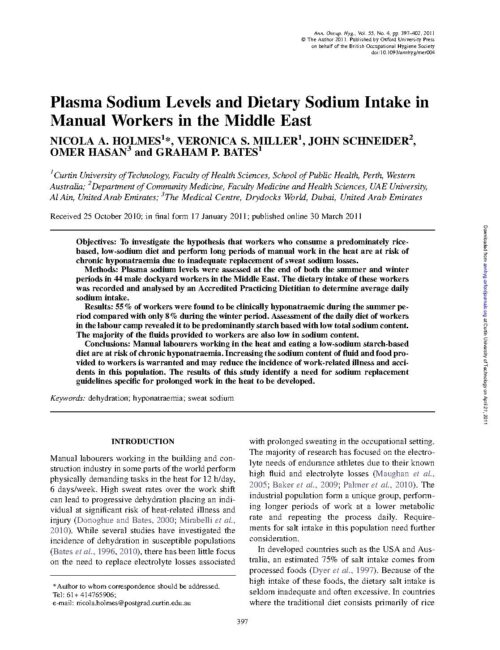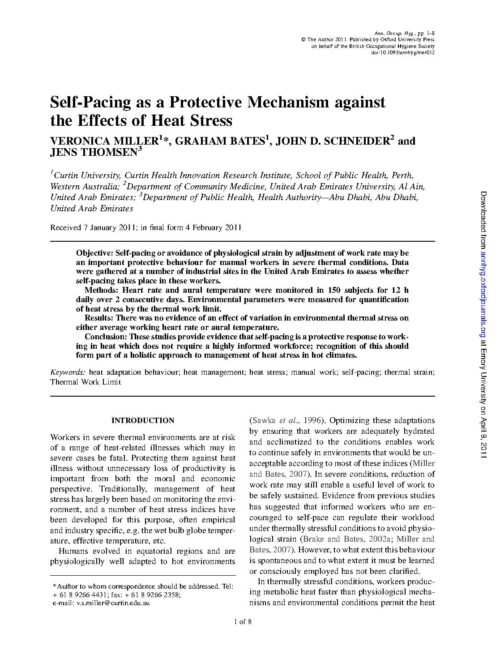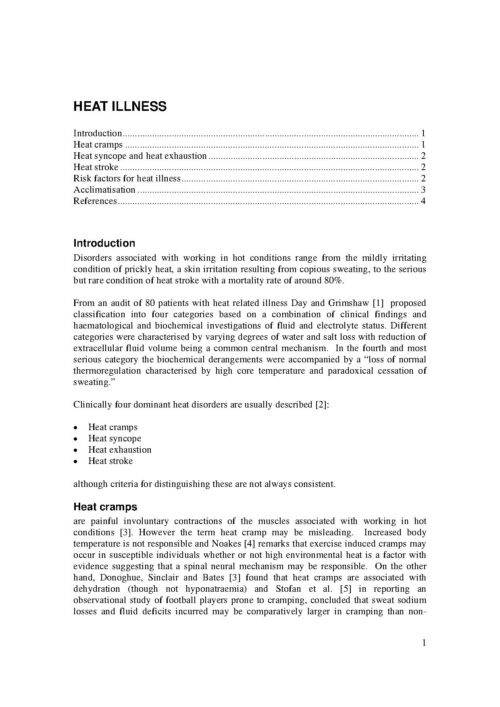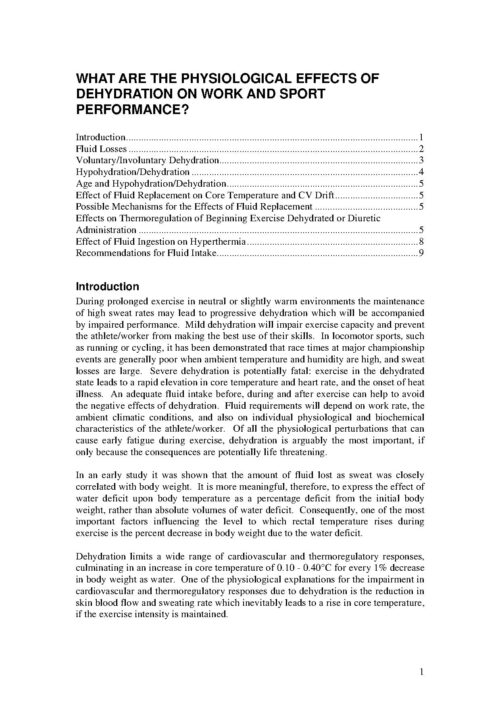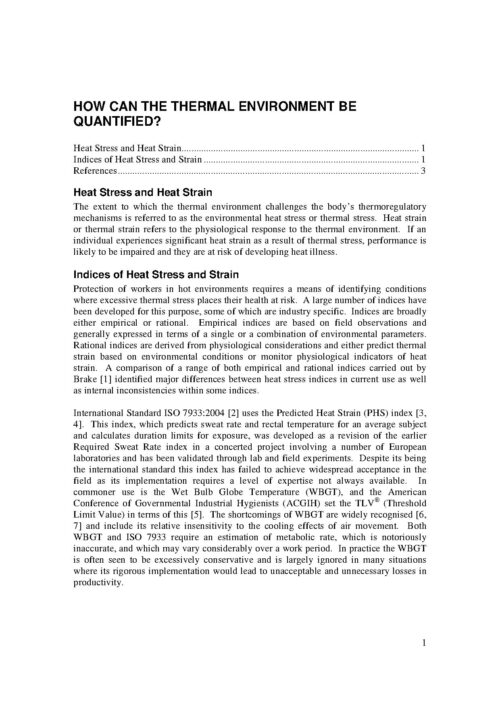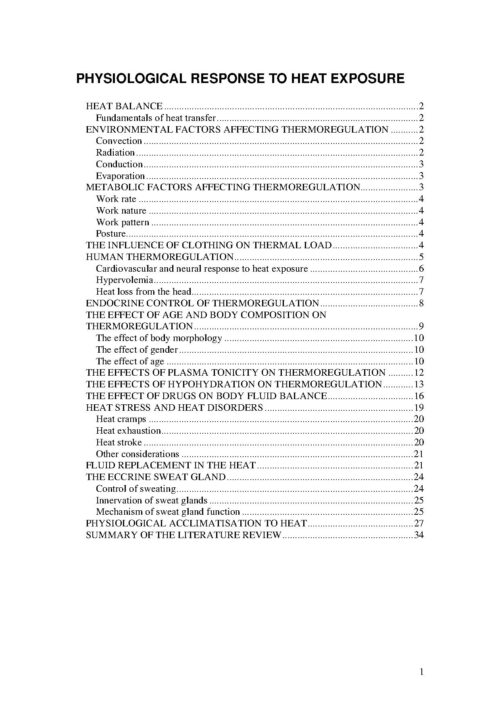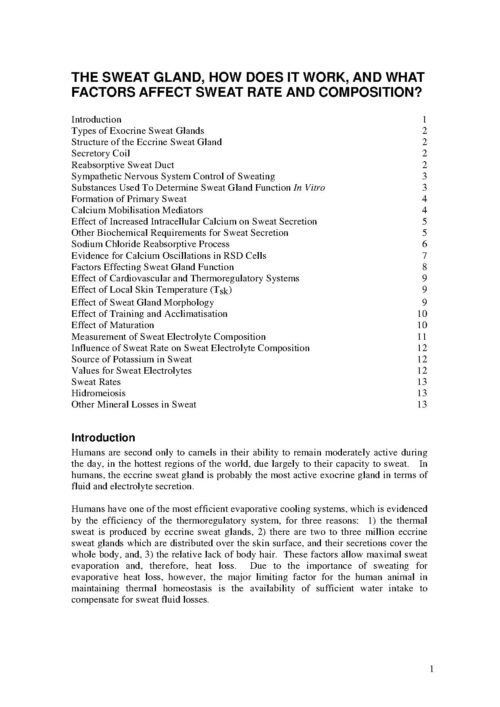Aqualyte was developed after years of research in the Australian mining industry investigating the effects of dehydration on underground miners. It has been formulated based on the findings of this research that looked at the composition of sweat, sweat rates, thermoregulation and their effects on health and performance.
See below for further information and the published research conducted in this field of study that is the underlying science behind Aqualyte’s creation.
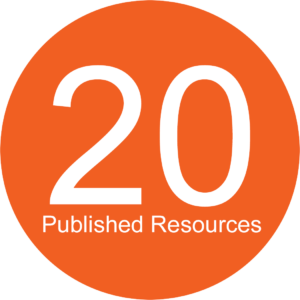
Published Articles
A New Generation of Health and Safety Protocols for Working in Heat
Brake, Donoghue, et al. (1998) Queensland Mining Industry Occupational Health and Safety Conference, Yeppoon, Qld Mining Council, Brisbane.
Criteria For The Design Of Emergency Refuge Stations For An Underground Metal Mine
Brake & Bates (1999) Journal of the AusIMM.
Occupational Heat Illness – An Interventional Study
Brake and Bates (2000) Proceedings of the International Conference on Physiological and Cognitive Performance in Extreme Environments.
Heat exhaustion in a deep underground metalliferous mine
Donoghue, Sinclair & Bates (2000 ) Occupational Environmental Medicine
Fluid consumption, sweat rates and hydration status of thermally stressed underground miners and the implications for heat illness and shortened shifts.
Brake & Bates (2001) Occupational Medicine.
Fatigue in industrial workers under thermal stress on extended shift lengths
Brake & Bates (2001) Occupational Medicine
A valid method for comparing rational and empirical heat stress indices
Brake & Bates (2002) Ann Occ Hyg.
Limiting Metabolic Rate (Thermal Work Limit) as an Index of Thermal Stress
Brake & Bates (2002) Applied Occupational and Environmental Hygiene.
Deep Body Core Temperatures in Industrial Workers Under Thermal Stress
Brake and Bates (2002) JOEM.
Empirical validation of a new heat stress index
Bates & Miller (2002) J.Occ Health & Safety – Australia and New Zealand.
Hydration of outdoor workers in north-west Australia
Miller & Bates (2007a) J.Occ Health & Safety – Australia and New Zealand.
The Thermal Work Limit Is a Simple Reliable Heat Index for the Protection of Workers in Thermally Stressful Environments
Miller & Bates (2007b) Ann Occup Hyg.
Sweat rate and sodium loss during work in the heat
Bates & Miller (2008) Journal of Occupational Medicine and Toxicology.
Hydration status and physiological workload of UAE construction workers: A prospective longitudinal observational study
Bates & Schneider (2008) Journal of Occupational Medicine and Toxicology.
Hydration Status of Expatriate Manual Workers During Summer in the Middle East
Bates, Miller & Jobert (2009) Ann Occup Hyg.
Occupational heat exposure Part 1: The physiological consequences of heat exposure in the occupational environment
Joubert & Bates (2008) Occupational Health Southern Africa.
Occupational heat exposure Part 2: The physiological consequences of heat exposure in the occupational environment
Joubert & Bates (2008) Occupational Health Southern Africa
Hydration, Hydration, Hydration
Bates & Miller (2009) Curtin Health Innovation Research Institute, School of Public Health, Curtin University of Technology.
Plasma Sodium Levels and Dietary Sodium Intake in Manual Workers in the Middle East
Holmes et al. ( 2011) Curtin University of Technology, Faculty of Health Sciences, School of Public Health, Perth, Western Australia.
Self-Pacing as a Protective Mechanism against the Effects of Heat Stress
Miller et al. (2011) Curtin Health Innovation Research Institute, School of Public Health, Curtin University of Technology.
